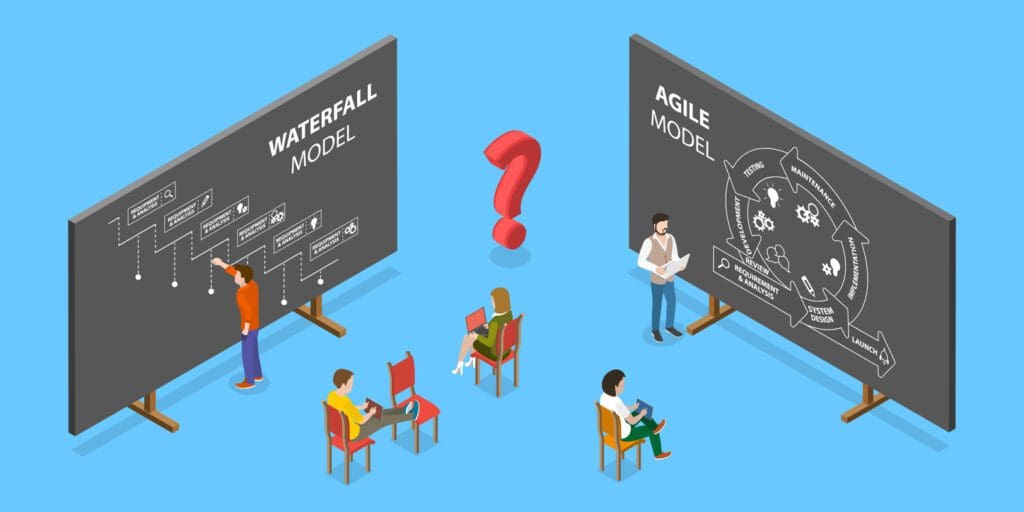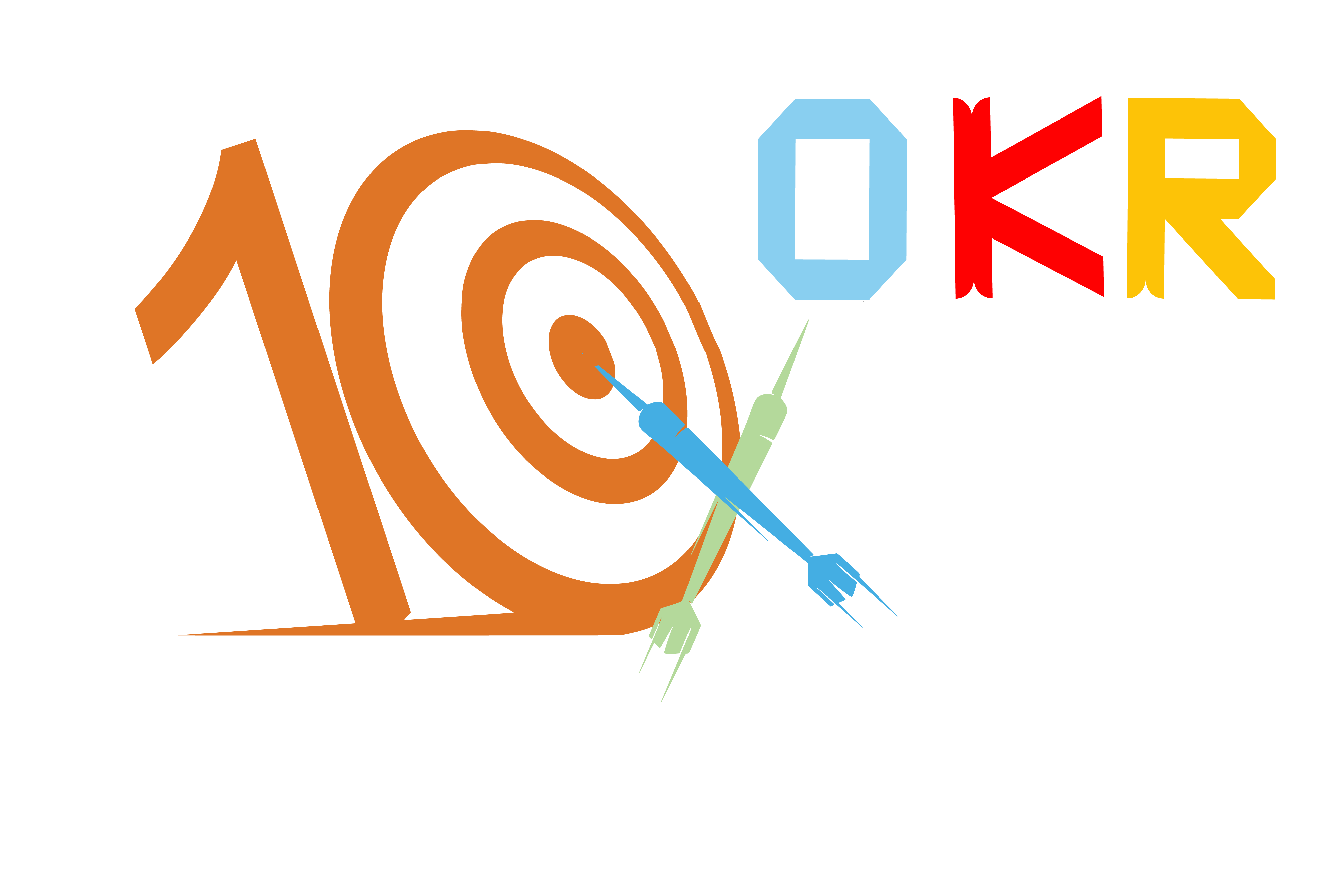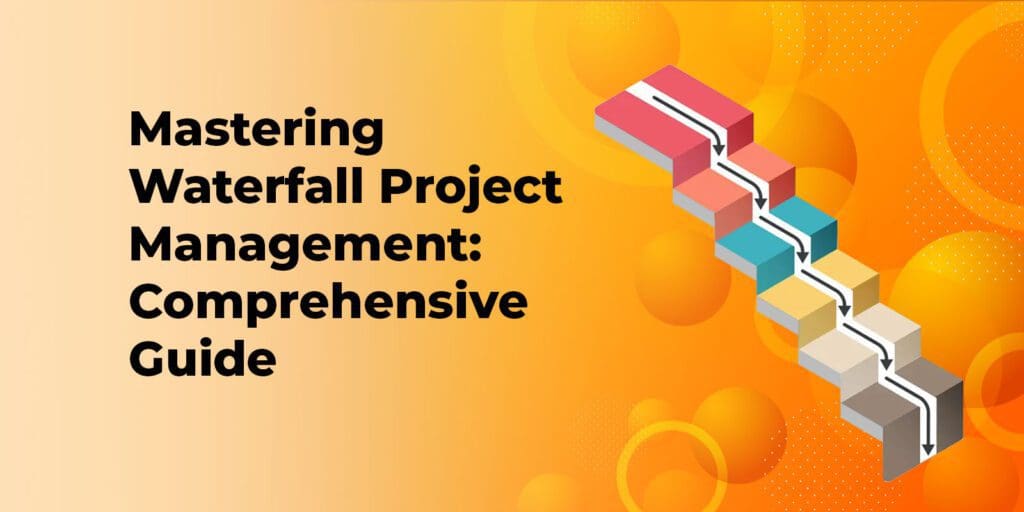Table of Contents
Mastering Waterfall Project Management: Comprehensive Guide
Waterfall project management is a traditional approach that entails working through several stages in sequential order. It is a structured and sequential process that involves completing each phase before moving on to the next. This approach is widely used in software development and other industries. This comprehensive guide will discuss everything you need to know about mastering waterfall project management.
Introduction to Waterfall Project Management
Waterfall project management is a method of project management that employs a sequential strategy. It was first introduced by Winston Royce in 1970. This methodology is widely used in software development and other industries. It involves a structured approach to project management, where each phase must be completed before moving on to the next.
Waterfall project management is a linear approach that follows a series of well-defined steps. The process starts with project planning and ends with project maintenance. This approach is ideal for projects with well-defined requirements and a fixed scope.
Understanding the Waterfall Project Management Methodology
The waterfall project management methodology is based on the waterfall model. A waterfall model is a linear software development approach that follows a series of well-defined steps.
Phases of Waterfall Project Management
The waterfall project management methodology involves following a series of well-defined phases. These phases include project planning, requirements document, design, implementation, testing, and maintenance.
Project Planning
Project planning is the first phase of the waterfall project management methodology. This phase involves defining the project scope, identifying goals, and developing a plan. The project plan includes a timeline, budget, and resources.
Requirements Document
The requirements document phase involves gathering project requirements and documenting them. This phase involves working with stakeholders to identify and establish project requirements in a requirements document. The requirements document serves as a blueprint for the project.
Design Phase
The design phase involves designing the project based on the requirements document. This phase involves developing a detailed design of the project. The design includes the project architecture, system components, and user interfaces.
Implementation Phase
The implementation phase involves developing the project based on the design. This phase involves creating the project code and integrating system components. The implementation phase is the longest phase of the waterfall project management methodology.
Testing Phase
The testing phase involves testing the project to ensure that it meets the project requirements. This phase involves testing the project code and system components. The testing phase is critical to the success of the project.
Maintenance Phase
The maintenance phase involves maintaining the project after it has been deployed. This phase involves fixing bugs, adding new features, and updating the project code. The maintenance phase is critical to the success of the project.
Benefits of Waterfall Project Management
The waterfall project management methodology has several benefits. These benefits include:
Well-Defined Phases
The waterfall project management methodology involves following a series of well-defined phases. This approach ensures that each phase is completed before moving on to the next. Also, this approach makes sure that the project stays on track and that the project goals are met.
Fixed Scope
The waterfall project management methodology is ideal for projects with fixed scope. This approach ensures the project goals are met and completed within the timeline and budget.
Predictable Results
The waterfall project management methodology provides predictable results. This method guarantees that project objectives are met and completed within the timeframe and budget.
Waterfall Project Management vs Agile Methodology
Waterfall project management and agile methodology are two different project management approaches. Waterfall project management is a traditional approach, while agile methodology is a modern approach. The main difference between waterfall project management and agile methodology is the approach to project management.


Waterfall project management follows a sequential approach to project management, while agile methodology follows an iterative process. Waterfall project management is perfect for fixed-scope projects and well-defined requirements, while agile methodology is ideal for projects with changing requirements.
Key Components of Waterfall Project Management
The key components of waterfall project management include:
Gantt Charts
Gantt charts are a visual representation of the project timeline. They show the start and end dates of each phase of the project. Gantt charts help monitor project progress and keep the project on track.
Progress Tracking
Progress tracking involves tracking project progress and ensuring the project stays on track. This involves monitoring project milestones and ensuring that they are met on time.
Team Members
Team members are critical to the success of the project. The project team includes managers, developers, testers, and other stakeholders. The project team must work together to ensure the project goals are met.
Previous Phase Review
The previous phase review involves reviewing the prior phase of the project before moving on to the next phase. This approach ensures that the project stays on track and that the project goals are met.
Software Development with Waterfall Project Management
Waterfall project management is widely used in software development. This approach is ideal for software development projects with well-defined requirements and a fixed scope. The software development process involves following the waterfall project management methodology, which involves following a series of well-defined phases. These phases include project planning, requirements document, design, implementation, testing, and maintenance phases.
Tips for Successful Waterfall Project Management
The following tips can help ensure successful waterfall project management:
Define Project Goals
Defining project goals is critical to the success of the project. This involves working with stakeholders to identify project goals and documenting them.
Develop a Project Plan
Developing a project plan is critical to the success of the project. This involves setting a project timeline, project budget, and project resources.
Monitor Project Progress
Monitoring project progress is critical to the success of the project. This involves tracking project milestones and ensuring that they are met on time.


Communicate with Stakeholders
Communicating with stakeholders is critical to the success of the project. This involves keeping stakeholders informed about project progress and any issues that arise.
Review Previous Phases
Reviewing previous phases of the project is critical to the success of the project. Before moving on to the following phase of the undertaking, the previous phase must be reviewed. By using this strategy, the project is guaranteed to remain on course and achieve its objectives.
Conclusion
In conclusion, mastering waterfall project management requires following a structured and sequential approach to project management. This approach involves completing each phase before moving on to the next.
Waterfall project management best suits projects with well-defined objectives and a set scope. The key components of waterfall project management include Gantt charts, progress tracking, team members, and previous phase review.
The success of a project depends on several factors, including the quality of the requirements document, the ability to manage resources effectively, and the ability to communicate with stakeholders. Ensuring the project is delivered on time and within budget is also important.
Starting today, you can successfully implement your goal-planning strategies by following the suggestions in this article and taking classes to learn waterfall project management.
Sign up for free to execute your goal-planning strategies starting today!



